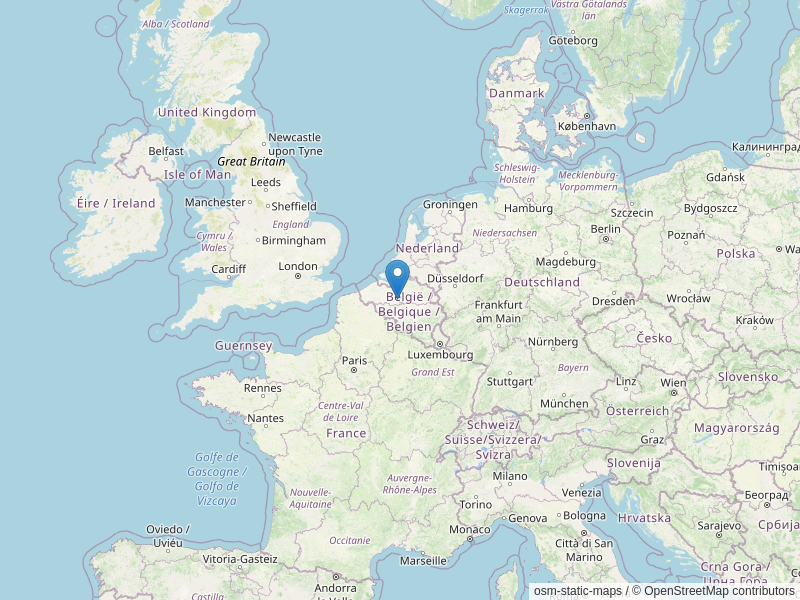2024 EAIE Barometer: Status of internationalisation in the EHEA from the employees' perspective

28 March 2024
2,817 people from 46 EHEA countries took part in the survey. 55 % of respondents are employed at a higher education institution. 75 % of respondents stated that they do not belong to an underrepresented group.
The three most important core issues of internationalisation for respondents are student/staff wellbeing, digitalisation of administrative tasks and inclusion and diversity.
When asked about the institution’s main concern with regard to involvement in internationalisation, the reputation or ranking of their own institution was mentioned slightly more frequently (47 %) than the interest in student learning outcomes (46 %) and the impact on research activities (46 %).
43 % of respondents rated the impact of the EU ‘European Universities’ initiative on their university’s internationalisation activities as positive; only 1 % saw a negative impact. 57 % of respondents fully agree that Erasmus+ staff mobility has had a positive impact on their career. The size of the higher education institution plays a role here. Only 36 % of respondents from smaller universities with 5,000 or fewer students say that the initiative has had a positive impact on the internationalisation activities of their higher education institution. This is in marked contrast to the assessment of respondents from larger universities, with 49 % from universities with more than 20,000 students. One possible explanation is the fact that large (10,000-25,000 students) and very large (over 25,000 students) higher education institutions are more likely to be involved in an alliance as a full partner (link) and are more likely to feel that the initiative has a direct impact.
A strong regional discrepancy can be seen in the assessment of EU initiatives on recognition. 79 % of respondents from Western Asia fully agreed that these initiatives have made recognition procedures at their university more efficient and transparent, while only 36 % of respondents from Northern Europe and 38 % of respondents from Western Europe (fully) agreed with this statement. Strengthening the international/intercultural content of the curriculum and virtual internationalisation activities are the two main issues that HEIs need to pay more attention to in the next three to five years in order to achieve their internationalisation goals.
